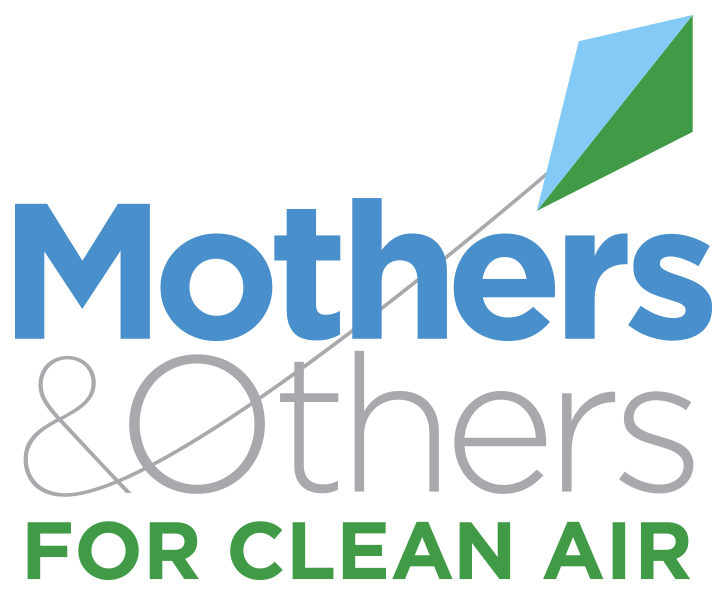Objectives - To establish by literature survey: (a) levels at which air pollutants are considered damaging to human health and to exercisers in particular; (b) the current ambient levels experienced in the United Kingdom; (c) whether athletes are especially at risk. Methods - Six major urban air pollutants were examined: carbon monoxide (CO); nitrogen oxides (NOx); ozone (O3); particulate matter (PM10); sulphur dioxide (SO2); volatile organic compounds (VOCs). Results - CO is detrimental to athletic performance. NO2 is of concern to human health, but outdoor levels are low. O3 poses a potentially serious risk to exercising athletes. Decrements in lung function result from exposure, and there is evidence that athletic performance may be affected. Detrimental effects may occur at low ambient levels, but there is no scientific consensus on this matter. PM10 is causing concern in the scientific community. Blood lead accumulation during exercise indicates that personal exposure to toxic compounds associated with PM10 may be magnified. Generally, outdoor ambient levels of SO2 are too low to cause a problem to the athlete, except the asthmatic athlete. The few studies on exposure of exercisers to VOCs are reviewed. Conclusions - Athletes and exercisers should avoid exercising by the road side even though levels of the more noxious air pollutants have been controlled in the United Kingdom. O3 is particularly damaging to athletes; it reaches its highest concentrations on hot bright days in rural areas.
Carlisle, A. J., & Sharp, N. C. C. (2001). Exercise and outdoor ambient air pollution. In British Journal of Sports Medicine (Vol. 35, Issue 4, pp. 214–222). British Association of Sport and Excercise Medicine. https://doi.org/10.1136/bjsm.35.4.214
